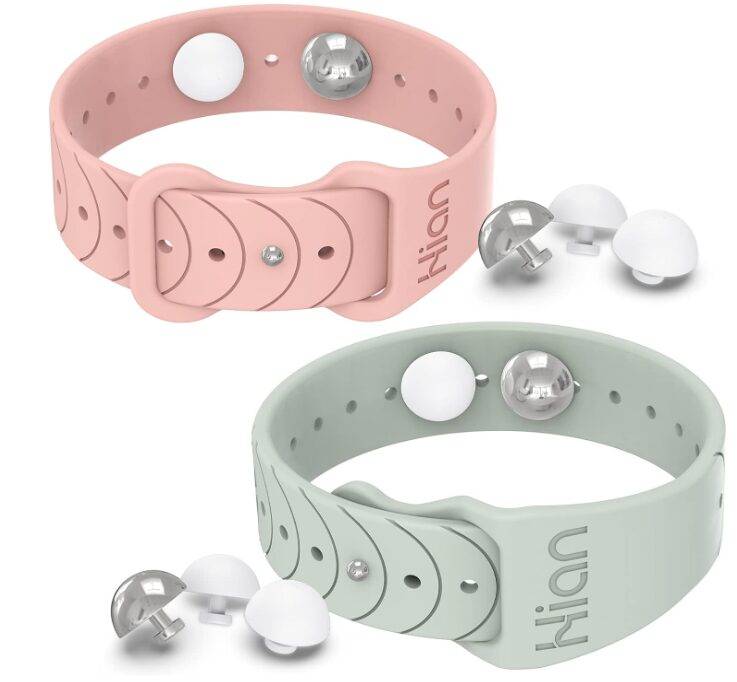- Love2Cruise
- Sea sickness
Sea sickness
Smooth Sailing Ahead: Your Guide to Conquering Seasickness on a Cruise!
The allure of a cruise vacation is undeniable: breathtaking ocean views, exotic destinations, and the gentle rhythm of the waves. However, for some, that gentle rhythm can turn into an unwelcome foe – seasickness. But don’t let the fear of motion sickness derail your dream voyage! Understanding why it happens and knowing effective strategies to combat it can ensure smooth sailing and a truly enjoyable cruise experience.
Understanding the Wobble: Why Seasickness Strikes
Seasickness, also known as motion sickness, occurs when your brain receives conflicting signals from your body’s sensory systems. Your inner ear, eyes, and body’s position-sensing nerves all send information about motion and spatial orientation. On a ship, your eyes might register a stable environment (the interior of your cabin), while your inner ear detects the rolling and pitching of the vessel. This sensory mismatch confuses your brain, leading to those unpleasant seasick symptoms.
Location, Location, Location: Finding Your Calm on the Ship
When it comes to minimizing the effects of motion, your cabin’s location on the ship can make a significant difference. The key principle is to position yourself as close as possible to the focal point of the least amount of motion. This sweet spot is generally:
Lower Decks: The higher up you are on a ship, the more pronounced the swaying and pitching will feel. Lower decks experience less movement.
Midship (Center): The middle of the ship, both lengthwise (between the front and back) and widthwise, acts as the fulcrum point. Think of a seesaw – the ends experience the most up-and-down motion, while the center remains relatively stable. Cabins located midship experience less of this leverage effect.
While you can’t always choose your exact cabin location, especially if booking last minute, understanding this principle can help you make informed decisions when selecting your stateroom.
Recognizing the Unsettling Signs: Symptoms of Seasickness
Seasickness can manifest in various ways, often starting subtly and escalating if not addressed. Common symptoms include:
- Nausea: A queasy feeling in the stomach, often the first and most prominent sign.
- Vomiting: The body's way of trying to expel what it perceives as a threat.
- Cold Sweats: Breaking out in a clammy, cold sweat.
- Pale Skin: Loss of color in the face.
- Dizziness: A feeling of lightheadedness or spinning.
- Headache: Often a dull, persistent ache.
- Increased Salivation: Producing more saliva than usual.
- Fatigue: Feeling unusually tired or weak.
- Irritability: Becoming easily frustrated or agitated.
Recognizing these symptoms early is crucial for taking timely action and preventing them from worsening.
Your Arsenal Against the Waves: Over-the-Counter Medications
Fortunately, several readily available medications can help prevent and treat seasickness. It’s always a good idea to consult your doctor before taking any new medication, especially if you have underlying health conditions or are taking other medications. Some popular over-the-counter options include:
Dramamine (Dimenhydrinate): A common antihistamine that can be effective in preventing and treating motion sickness. It’s often available in “Original” and “Less Drowsy” formulas, though even the latter can cause some drowsiness in some individuals. It’s generally recommended to take Dramamine before you start feeling sick.
Meclizine (Bonine, Travel-Ease): Another antihistamine that is often preferred for its longer-lasting effects and generally less pronounced drowsiness compared to original Dramamine. Like Dramamine, it’s most effective when taken preventatively.
Scopolamine Patches (Transderm Scop): These are prescription patches that are placed behind the ear and release medication gradually over several days. They are often very effective but can have potential side effects like dry mouth, blurred vision, and drowsiness. A doctor’s consultation is necessary to obtain these patches.
Timing is Key: For most oral medications, it’s best to take them before you anticipate feeling motion sickness. Once symptoms set in, they can be less effective.
Beyond Pills: Other Strategies for Smooth Sailing
While medication can be a valuable tool, several non-medicinal approaches can also help combat seasickness:
- Fresh Air: Spending time on deck where you can feel the breeze and focus on the horizon can help your brain reconcile the conflicting sensory inputs.
- Focus on the Horizon: Fix your gaze on a stable point in the distance, like the horizon line. This can help stabilize your inner ear's perception of motion.
- Avoid Strong Odors: Strong smells, especially from food, can exacerbate nausea. Seek out areas with fresh air.
- Eat Bland Foods: Stick to easily digestible foods like crackers, plain bread, and ginger. Avoid rich, greasy, or spicy meals.
- Stay Hydrated: Dehydration can worsen seasickness symptoms. Drink plenty of clear fluids like water or ginger ale.
- Ginger: Ginger in various forms (ginger candies, ginger ale, ginger capsules) has been shown to help settle the stomach.
- Acupressure Bands (Sea-Bands): These wristbands apply pressure to a specific point on the inner wrist that is believed to relieve nausea. Some people find them helpful.
Don’t Let Seasickness Steer You Wrong!
Seasickness is a common concern for cruise passengers, but it’s also a manageable one. By understanding the causes, choosing your cabin wisely, recognizing the symptoms early, and utilizing the various remedies available, you can significantly reduce your chances of feeling unwell and fully enjoy the incredible experience of a cruise vacation. So, pack your bags, prepare for smooth sailing, and get ready to make unforgettable memories on the open sea! #CruiseHealth #TravelWell #SeaVoyage

Just a quick note: this post contains affiliate links to Amazon. If you click on these links and make a purchase, I may earn a commission. This helps me continue to provide valuable content, and it doesn’t cost you anything extra. Thanks for your support!






